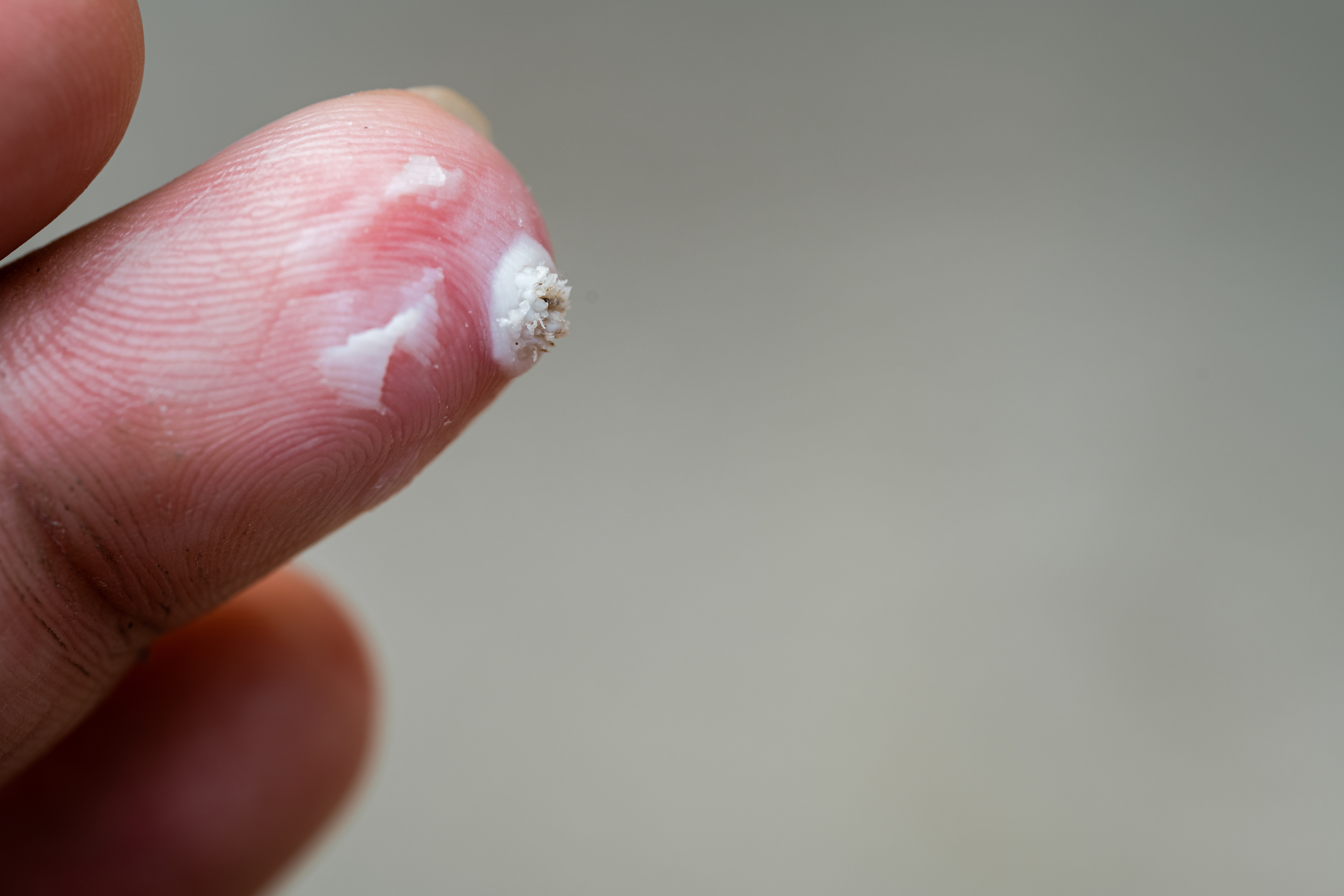What Causes Warts ?
Warts are noncancerous skin growths caused by an infection in the topmost layer of the skin by the human papillomavirus (HPV). They are most prevalent in children and young adults, but can happen at any age. It is presumed that just about everyone will suffer from at least one wart at some point in his/her lifetime. Risk factors for warts include: young age, use of public showers, weakened immune systems from medications or illnesses, breaks or injuries to the skin (such as in nail biting), and direct contact with warts from other people.
Since warts are caused by a virus, they are very contagious and can spread very easily though skin to skin contact. If warts are not treated early or completely, they can spread and appear in clusters making treatment more difficult.
How Are Warts Diagnosed ?
A dermatologist can diagnose a wart by looking at it. Rarely does a dermatologist need to perform a skin biopsy for diagnosis. A skin biopsy may be done if the dermatologist suspects that the wart may be something else, like a skin cancer.

Types of Warts :
These warts develop a flat top.
Although most warts are harmless, dermatologists do treat them. Warts can be very unsightly, and, in the case of plantar warts, very uncomfortable. The type of wart treatment performed usually depends on the type of wart being treated.
Cryotherapy-The most common wart treatment for adults and older children, it is a very easy procedure done in the dermatology office with little discomfort. Repeat treatments every few weeks are usually necessary to treat the wart.
Canthardin-Another common wart treatment includes “painting” the wart with cantharidin, causing a blister to form under the wart. The wart can then be scrapped away by the dermatologist.
Electrodessication and curettage-A procedure where the dermatologist scrapes and burns the wart to get rid of it.
Excision-Warts may be excised if they are very painful or other wart treatment options have failed.
Prescription medications-There are several prescription medications that can be used to treat warts of all types, including salicylic acid and imiquimo